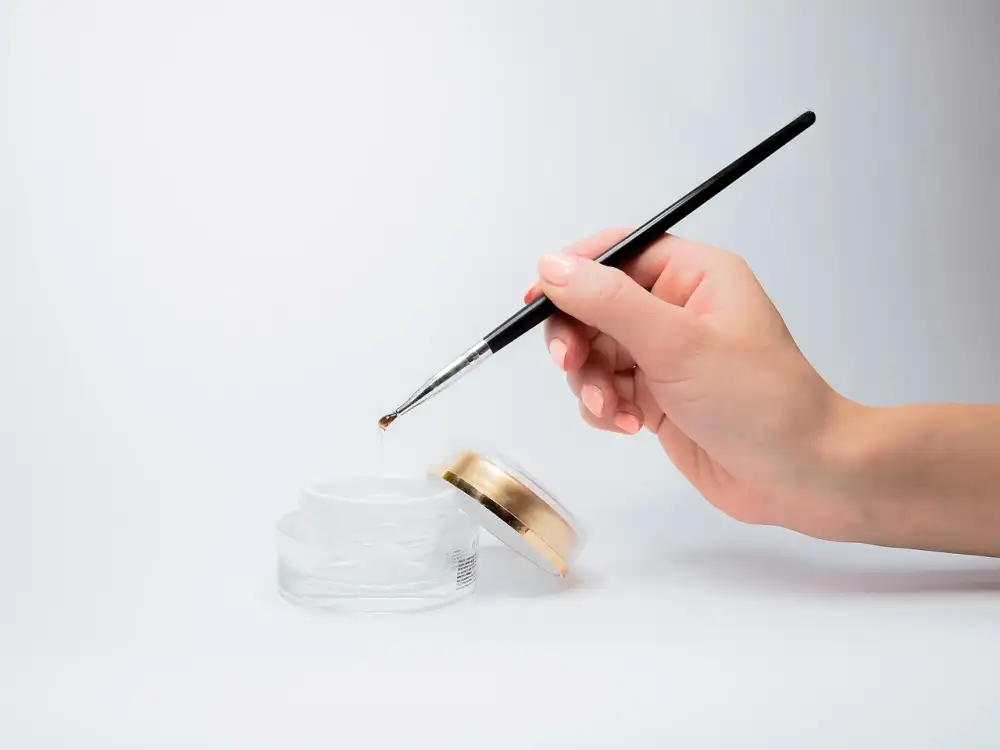Kybella vs CoolSculpting: Battle of the Bulge for Stomach Fat Reduction

- Method of action: Kybella targets fat cells with injections, while CoolSculpting freezes and eliminates fat cells.
- Treatment areas: Kybella is suitable for small, localized areas, while CoolSculpting can treat larger areas.
- Results and timeline: Kybella may require multiple sessions for gradual results, whereas CoolSculpting shows results in a few months.
- Side effects: Kybella may cause swelling and bruising, while CoolSculpting may lead to temporary redness or numbness.
- Cost comparison: Kybella sessions are typically priced per vial, while CoolSculpting is priced per treatment area.
- Consultation and considerations: Consult with a healthcare provider to determine the most suitable option based on individual needs and goals.
When it comes to reducing stubborn stomach fat, two popular non-surgical procedures stand out: Kybella and CoolSculpting. Kybella involves injections of synthetic deoxycholic acid to target and destroy fat cells, while CoolSculpting uses controlled cooling to freeze and eliminate fat cells. Both treatments offer effective options for individuals looking to achieve a slimmer waistline without undergoing surgery.
Method of action: Kybella targets fat cells with injections, while CoolSculpting freezes and eliminates fat cells.
Kybella and CoolSculpting are two popular procedures for stomach fat reduction, each with a unique method of action. Kybella involves injecting a synthetic form of deoxycholic acid, which targets and breaks down fat cells in the treated area. On the other hand, CoolSculpting uses a process called cryolipolysis to freeze and eliminate fat cells without damaging the surrounding tissues. These distinct mechanisms make them effective options for those looking to reduce stubborn belly fat through minimally invasive techniques.
Treatment areas: Kybella is suitable for small, localized areas, while CoolSculpting can treat larger areas.
When it comes to treatment areas, Kybella is ideal for small, localized areas of fat such as under the chin. On the other hand, CoolSculpting can target larger areas like the abdomen or thighs. The versatility of CoolSculpting makes it a popular choice for individuals looking to address fat in multiple areas simultaneously. It's important to consider the specific areas you wish to target when deciding between these two procedures for stomach fat reduction.
Results and timeline: Kybella may require multiple sessions for gradual results, whereas CoolSculpting shows results in a few months.
Kybella may require multiple sessions over several months to achieve optimal results as it gradually targets and eliminates fat cells. On the other hand, CoolSculpting typically shows visible results within a few months after treatment, as the body naturally processes and eliminates the frozen fat cells. The timeline for seeing results may vary based on individual metabolism and body composition.
Side effects: Kybella may cause swelling and bruising, while CoolSculpting may lead to temporary redness or numbness.
Side effects of Kybella may include swelling and bruising at the injection site due to the breakdown of fat cells. On the other hand, CoolSculpting may result in temporary redness, numbness, or tingling sensations in the treated area post-procedure. These side effects are typically mild and resolve on their own within a few days to weeks. It is important to discuss any concerns with a healthcare provider before undergoing either treatment option.
Cost comparison: Kybella sessions are typically priced per vial, while CoolSculpting is priced per treatment area.
When it comes to cost, Kybella sessions are usually priced per vial, with the number of vials needed varying depending on the individual's specific requirements. On the other hand, CoolSculpting is priced per treatment area, meaning the cost can differ based on the size and number of areas being treated. It's essential to consult with a healthcare provider to get an accurate estimate of the total cost for each procedure based on your unique needs and goals.
Consultation and considerations: Consult with a healthcare provider to determine the most suitable option based on individual needs and goals.
Consultation with a healthcare provider is crucial to determine the most suitable fat reduction option based on individual needs and goals. Factors such as the amount of fat to be treated, desired results, and medical history should be taken into consideration. A professional assessment will help in choosing between Kybella and CoolSculpting for effective and safe stomach fat reduction. It is important to discuss expectations, potential side effects, and the overall treatment plan with a qualified healthcare provider before proceeding with either procedure.
Published: 11. 05. 2024
Category: Health



